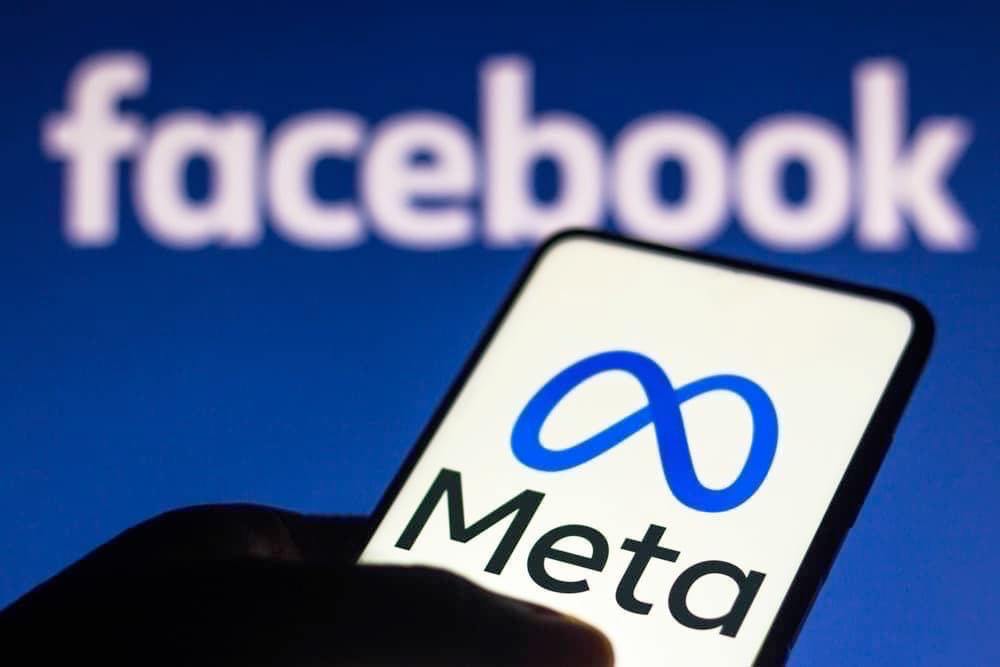The stock price of Meta Platforms (NASDAQ: META) has recorded several sessions of negative trading, partly deviating from other technology giants.
By the close of markets on July 12, META stock had lost the $500 support, trading at $498, reflecting a 24-hour loss of over 2%. On the weekly timeframe, the stock is down over 8%, raising questions about whether the equity can make a turnaround.

Although the stock has been impacted by a general sell-off in mega-cap tech equities, several underlying fundamentals have contributed to bearish sentiments affecting META. The drop emerged despite better-than-expected inflation data.
Notably, analysts at Edgewater Research observed that the company is facing struggles with its ad performance, indicating that the segment is experiencing “elements of weakness.” They pointed out that checks with ad contacts recorded weaker-than-expected conversions in June and early July. These concerns have mainly impacted META’s direct-to-consumer/e-commerce channel.
“Once again, campaign efficiency remains under pressure across much of our META work, and the mix of contacts that are seeing this weakness expanded further in June compared to our last updates in May and April,” the analysts said.
Weakening consumer interest
The segment’s weakness can be viewed as an indicator of weakening consumers who are doing more window shopping, getting choosier about discretionary purchases, and demanding price promotions before spending.
This comes when Meta has invested significantly in artificial intelligence (AI). CEO Mark Zuckerberg has noted that AI is helping the company improve app engagement, leading to increased ad views and better ad performance.
In the short term, investors will look ahead to the company’s second earnings report, scheduled for July 31. They anticipate a positive response from the financials, considering that META dropped when the company released the Q1 report.
Meta’s ad revenue surged 27% in the first quarter, an increase from the 4% growth reported a year earlier. Advertising revenue totaled $35.6 billion compared to $28.1 billion in the year-earlier quarter.
It’s worth noting that analysts have maintained a bullish stance on the equity compared to current valuations. For instance, Rosenblatt Securities raised their price target from $520 to $562, Wolfe Research lowered their target from $530 to $500, and Wells Fargo (NYSE: WFC) increased their target from $593 to $625, rating the stock as “overweight.”
Disclaimer: The content on this site should not be considered investment advice. Investing is speculative. When investing, your capital is at risk.








